

The Impact of Non-Financial Capital Awareness on Corporate Value and Appeal: A Study of Investors
Understanding the Value of Non-Financial Capital in Business Communications
In a recent survey conducted by the Corporate Communication Strategic Studies Institute alongside Dentsu PR Consulting, the awareness of individual investors regarding non-financial capital was evaluated, focusing on its influence on perceived corporate value. The extensive study involved 533 publicly-listed companies and a participant pool of 3,680 individual investors. By utilizing the Non-Financial Cross-Value Model, the research sheds light on the significant role non-financial information plays in enhancing corporate attraction and value.
The Role of Non-Financial Capital
The Non-Financial Cross-Value Model classifies five types of non-financial capital—human, social, relationship, environmental, and intellectual—while excluding financial capital. This model enables a clearer understanding of non-financial “value” by cross-referencing social issues companies are urged to address, especially in terms of Environmental, Social, and Governance (ESG) criteria. This classification reveals 15 areas that companies should focus on to improve their attractiveness to investors.
Conducted between May 19 and August 20, 2024, the study collected data from the public relations departments of around 3,800 listed companies, of which 533 provided valid responses. Investors surveyed included individuals holding both domestic and foreign stocks, categorized under various segments.
Key Findings from the Study
The results unveiled intriguing insights about the intersection of corporate communication and investor perception:
1. Among the non-financial information currently communicated by companies, 'human capital' ranked first, followed by 'social and relationship capital'.
2. When asked what areas they wish to strengthen, companies prioritized enhancing employee engagement through better working conditions, emphasizing the significance of human capital.
3. Investors echoed similar sentiments, indicating they were most aware of and expect communication regarding 'human capital' (53.0%) and 'social and relationship capital' (44.9%).
4. There is a marked difference in how attractive companies appear to investors when both human and social relationship capitals are effectively communicated, making companies perceived as 2.8 times more appealing.
5. Attributes such as workplace flexibility and transparent management are vital factors for investors evaluating companies.
Detailed Insights into Corporate Communication Practices
The Corporate Survey indicated a growing recognition of the importance of non-financial information among investors. As highlighted, human capital continues to be a primary focus for corporate communication efforts, illustrating a shift in how companies are valued based on their human resources and social equity. Moreover, the company's internal ability to share social and relationship capital metrics signifies the need for enhanced public relations strategies in corporate settings.
The top item companies aim to broadcast more effectively is 'improving employee engagement through user-friendly institutional designs', further confirming the ongoing trend to prioritize employee well-being.
Implications for Investors and Companies
The data gleaned from both investor and corporate perspectives illustrates a unified appreciation for human and social relationship capitals. Investors who recognize both facets of non-financial capital are significantly more likely to find a company attractive than those who identify only one. This highlights the critical importance of effective and comprehensive communication strategies.
Furthermore, the study implies that companies that cultivate a robust relationship internally and communicate transparently with stakeholders can expect a favorable evaluation from investors. Building an engaging workplace environment along with a commitment to transparency in governance translates into a more compelling narrative for stakeholder investment.
Conclusion
As the demand for transparent non-financial information increases, it is paramount for companies to understand how their messaging is perceived by individual investors. This study underscores the importance of a dual approach—effective external communication paired with strong internal engagement strategies—to elevate corporate value. Stakeholders from management through to investor relations can utilize these findings to reevaluate their approaches to information dissemination.
Companies must actively shape their narratives around non-financial capital to enhance their attractiveness, ensuring both the provision of comprehensive information and its reception is aligned with investor expectations. This study serves as a reminder that the strategic management of human capital is not merely an operational cost, but rather an essential investment in a company's overall value and sustainability.



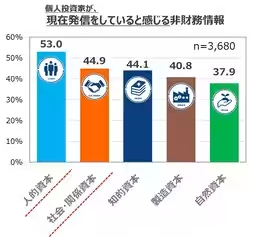
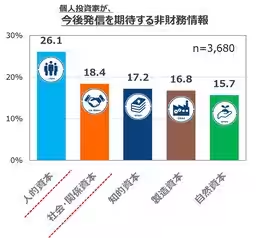
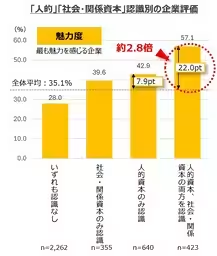
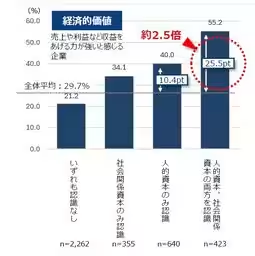

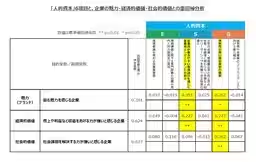
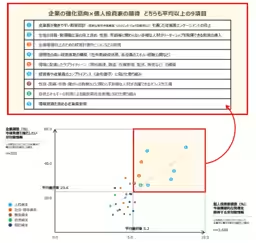



Topics Business Technology)








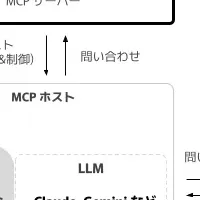

【About Using Articles】
You can freely use the title and article content by linking to the page where the article is posted.
※ Images cannot be used.
【About Links】
Links are free to use.